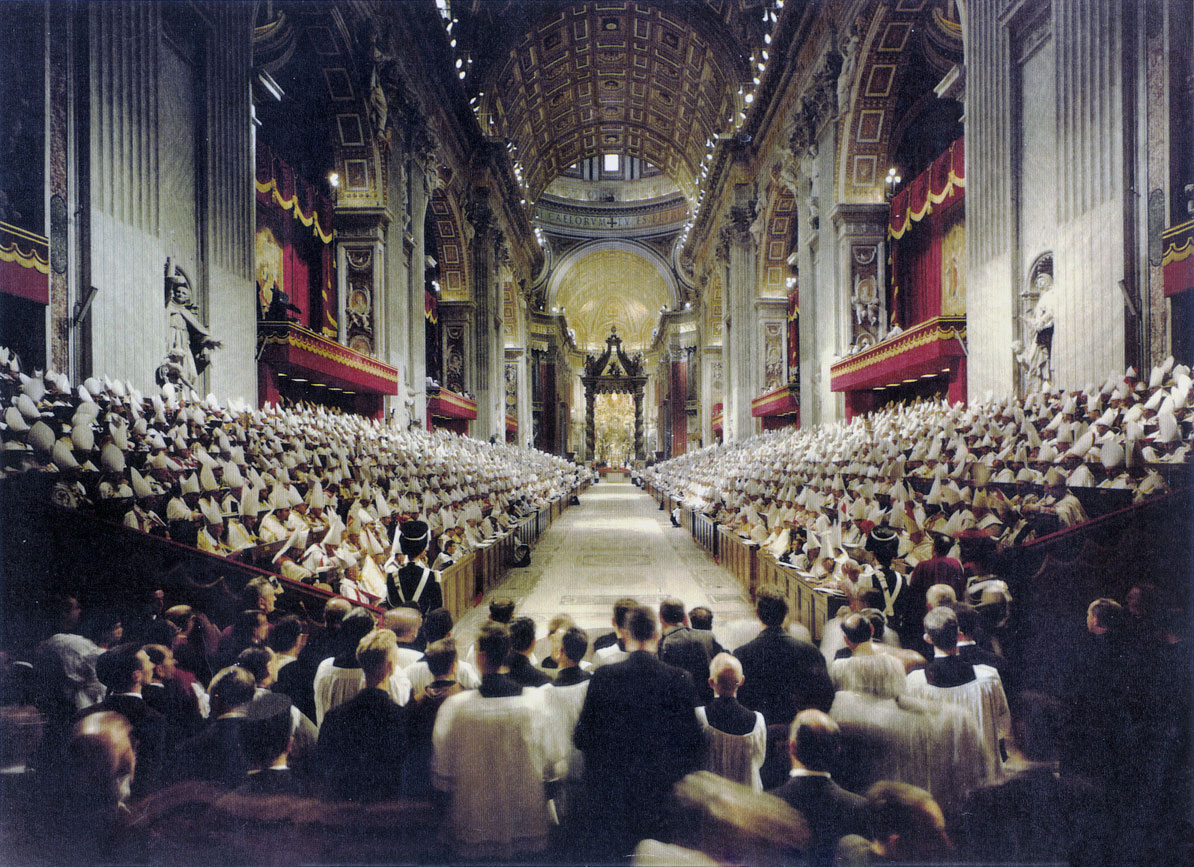Introduction:
Since the Second Vatican Council (Vatican II) in the 1960s, the Catholic Church has undergone significant shifts in its understanding of the role of the laity within the faith community. Vatican II marked a pivotal moment in the Church’s history, advocating for greater involvement of the laity in the life and mission of the Church. This article explores the transformative impact of Vatican II on the role of the laity, examining the principles, challenges, and opportunities that have emerged in the post-Vatican II era.
The Role of the Laity through Vatican II:
Vatican II emphasized the universal call to holiness, affirming that all baptized members of the Church are called to participate actively in its mission. This marked a departure from the previous perception of the laity as passive recipients of the Church’s teachings, empowering them to take on more significant roles in the Church’s life and mission. The Council stressed the dignity and importance of the laity, recognizing their unique gifts and talents as essential for the Church’s mission in the modern world.
Key Principles:
- Co-responsibility: Vatican II emphasized the idea of co-responsibility within the Church, recognizing that the mission of the Church is the responsibility of all its members, not just clergy or religious. This principle underscores the collaborative nature of ministry, where clergy, religious, and laity work together for the common good of the Church and society.
- Lay Apostolate: The Council encouraged lay Catholics to actively engage in apostolic works and evangelization, recognizing their role as witnesses to the Gospel in their everyday lives. This includes participation in social justice initiatives, charitable works, and outreach programs that address the needs of the marginalized and vulnerable.
- Dialogue and Collaboration: Vatican II promoted dialogue and collaboration between clergy and laity, fostering greater communication and mutual respect within the Church. This collaborative approach seeks to harness the diverse perspectives and experiences of all members of the Church in decision-making processes and pastoral initiatives.
Challenges and Opportunities:
Despite the advances made in empowering the laity post-Vatican II, there remain challenges to fully realizing their potential within the Church. These include:
- Hierarchy and Clericalism: In some cases, there may be resistance from clergy or hierarchical structures to fully integrate the laity into decision-making processes or leadership roles within the Church.
- Formation and Education: Ensuring that lay Catholics are adequately formed and equipped for their roles within the Church remains a challenge. Continued efforts are needed to provide opportunities for theological education, spiritual formation, and leadership development for the laity.
- Cultural and Societal Shifts: Rapid cultural and societal changes present both challenges and opportunities for the Church and its engagement with the laity. Adapting to these changes requires flexibility, openness, and a willingness to innovate in how the Church ministers to and collaborates with the laity.
Conclusion:
The Second Vatican Council marked a significant turning point in the Church’s understanding of the role of the laity, emphasizing their essential role in the life and mission of the Church. Post-Vatican II, there has been a gradual but transformative shift towards greater empowerment, engagement, and collaboration with the laity. As the Church continues to navigate the challenges and opportunities of the modern world, the active participation of the laity remains crucial for its mission of proclaiming the Gospel and building God’s kingdom on earth.
